All Posts
View Other Categories

Highlights from Densho’s 2019 Artist Initiative
As we witness everyday reminders that “Never Again” is right now, it’s become clear that stories of Japanese American WWII incarceration matter today more than ever. Last year we launched…
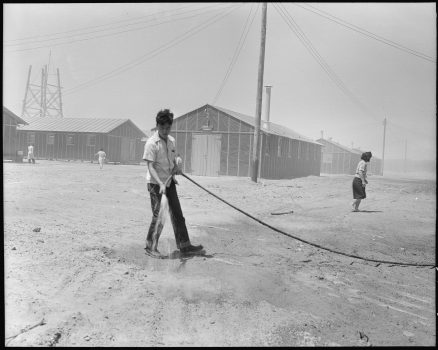
Ten Things That Made Poston Concentration Camp Unique
The Colorado River “Relocation Center”—more commonly referred to as Poston—was located in the Arizona desert a few miles from the California border. The largest and most populous of the War…
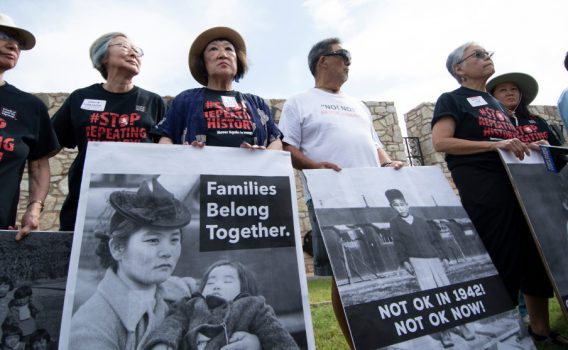
An Open Letter to Detention Profiteer Jennifer Nakamoto
Dear Jenni, Like you, we are the children and grandchildren of Japanese Americans who experienced the humiliation and degradation of WWII incarceration. Like you, our families have faced “disadvantage and…

Ten Little Known Stories About Topaz Concentration Camp
The “Central Utah Relocation Center”—more popularly known as Topaz—was located at a dusty site in the Sevier Desert and had one of the most urban and most homogeneous populations of…
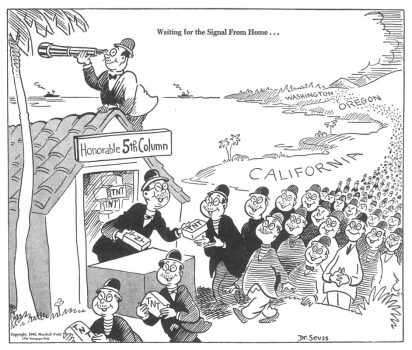
A new book claims WWII incarceration wasn’t about racism. It’s wrong.
Guest post by Eric Muller, Dan K. Moore Distinguished Professor, University of North Carolina at Chapel Hill Cambridge University Press recently published Roger W. Lotchin’s Japanese American Relocation in World…
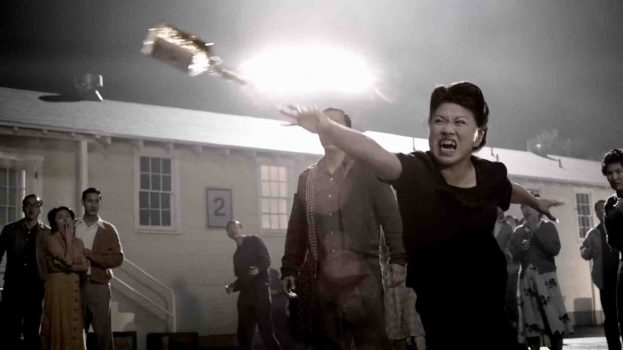
10 TV Shows That Depicted Japanese American Incarceration, For Better or For Worse
On August 12, the second season of AMC’s The Terror drops, set against the backdrop of the World War II removal and incarceration of Japanese Americans. (Full disclosure: Densho aided…

10 Little Known Facts of Life at Minidoka
Located in Southern Idaho, Minidoka concentration camp opened on August 10, 1942 and held some 13,000 Japanese Americans during World War II. The incarcerees — most of whom hailed from…
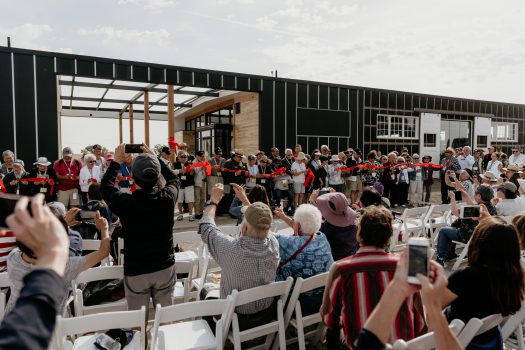
Photo Essay: Minidoka National Historic Site Unveils New Visitor Center
Earlier this month, about 325 people gathered in southeast Idaho for the 17th annual Minidoka Pilgrimage. Over the course of four days, pilgrims learned about the history and legacy of…

The “Loyalty Questionnaire” of 1943 Opened a Wound that has Yet to Heal
The Japanese American Citizens League is considering a resolution that proponents say would help heal a decades-old wound. The conflict stems from the disastrous “loyalty questionnaire” administered by the US…
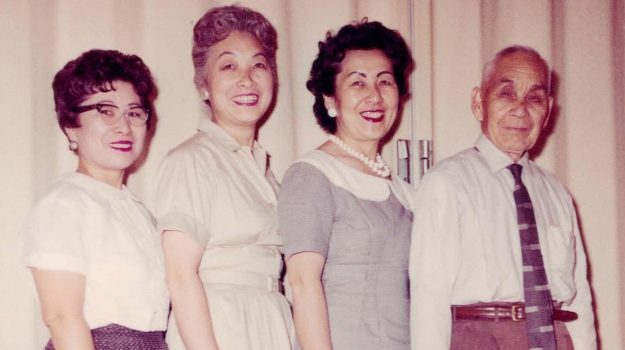
Watch These Two New Films Online While You Can
Two new documentaries break the mold of traditional cinematic takes on the World War II incarceration story. Densho Content Director Brian Niiya reviews the films—The Ito Sisters and Masters of…

Fort Sill is a Site of Ongoing Trauma
The Trump Administration’s plan to use Fort Sill, Oklahoma as a concentration camp for immigrant and refugee-seeking children is just the latest in a long legacy of violent incarceration and…

Return to California: Japanese Americans in the Post-War Golden State
This month, Densho Content Director Brian Niiya and Japanese American National Museum Collections Manager Kristen Hayashi will present two public lectures in California focusing on the experiences of Japanese Americans…
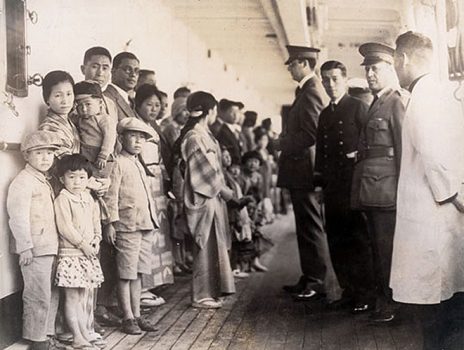
Immigration Bans are Object Lessons in Weaponized White Fears
The Immigration Act of 1924 created a national origins quota for the first time in U.S. history, and a complete and total ban on Japanese immigration. Building on a half-century…

What #YuriTaughtMe: Lessons from Yuri Kochiyama on Her 98th Birthday
To celebrate what would have been Yuri Kochiyama‘s 98th birthday, we asked next-gen Nikkei artists and activists to share what they’ve learned from Yuri’s revolutionary life — and how they…

36 Hours in Japanese American Seattle
This year’s Densho Dinner is on November 2, 2019 and we’re encouraging friends and supporters from all over the country to make a trip out of it! With Satsuki Ina…
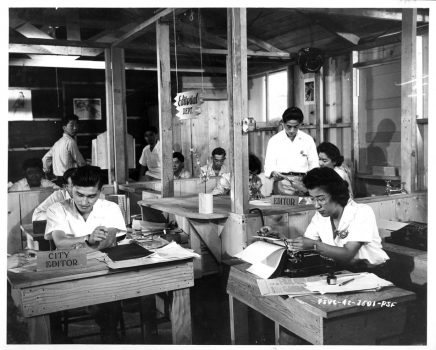
Thieving Guards, Mass Food Poisoning, and Other Facts of Life in Fresno Assembly Center
The Fresno Assembly Center* (FAC) opened on May 6, 1942 and held a total of 5,344 Japanese Americans forcibly removed from the Fresno and Sacramento areas. One of fifteen dedicated…
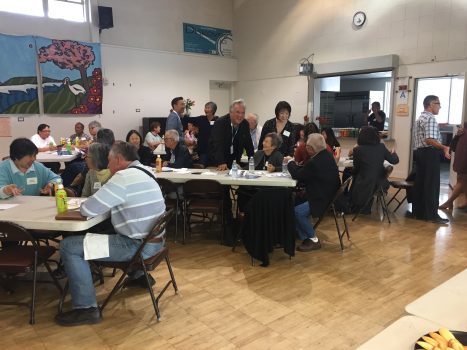
Densho Community Listening Tour
2042 will mark the 100th anniversary of Executive Order 9066 and Densho is already making some ambitious plans for what we want to accomplish by that date. We recognize that…
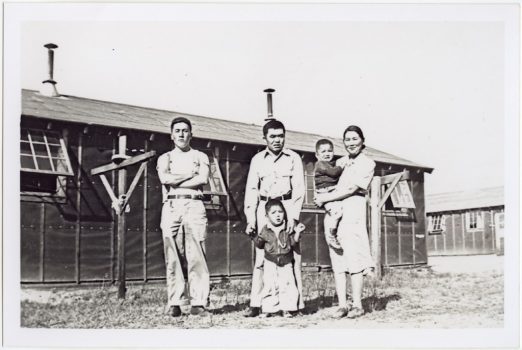
It’s Time to Retire WWII-Era Euphemisms for Japanese American Incarceration
It seems like more people are talking about Japanese American history than ever before. As it’s become increasingly relevant to our country’s current political moment, the Japanese American story has…
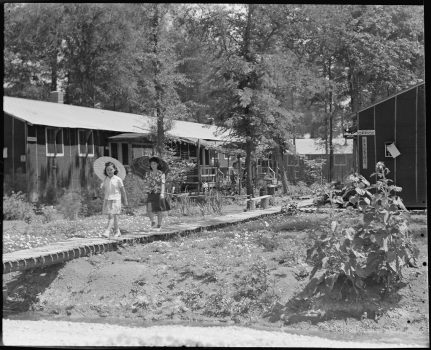
10 Little-Known Stories About Rohwer Concentration Camp
If there’s one true thing about studying history, it’s that there’s always more to learn. Less (in)famous than sites like Manzanar and Tule Lake, Rohwer was one of two WRA…
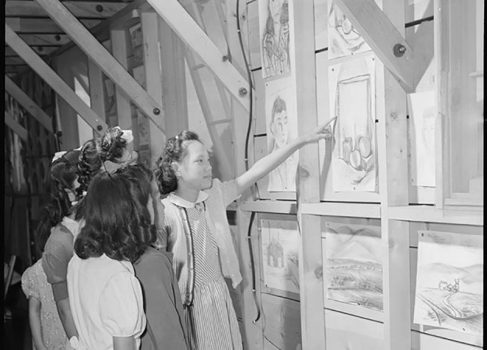
Introducing Densho’s 2019 Artists Initiative Recipients
We’re pleased to introduce the two artists who will receive 2019 Densho Artists Initiative funding! Out of a wide selection of gifted artists and their powerful proposals, Brynn Saito and…

Setsuko Matsunaga Nishi: Creating Community and Building Bridges After WWII Incarceration
Setsuko Matsunaga Nishi was born in Los Angeles on October 17, 1921, the second of four children—and oldest of three sisters—of Hatsu and Tahei Matsunaga. She grew up in a…

Patsy Mink: Ahead of the Majority and Ahead of Her Time
Patsy Takemoto Mink was born in Pā`ia, Maui, on December 6, 1927, to Nisei parents Suematsu and Mitama Takemoto. Like many Japanese Americans growing up in Hawai`i at that time,…
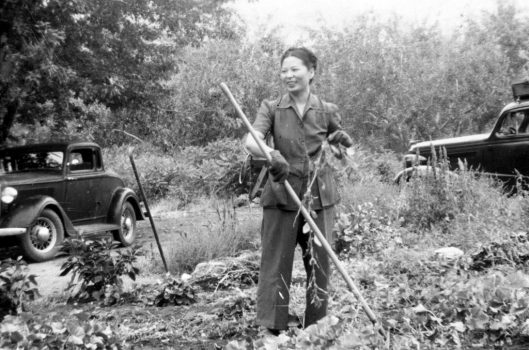
Surviving Racism, Toxic Masculinity, and Some Gruesome Medical Ordeals
There’s a tendency during women’s history month to focus our celebrations on the women who accomplished great things as activists, artists, and thinkers. And indeed these women should be celebrated!…

Smashing the Patriarchy since 1895: The Anti-Violence Advocacy of Issei Pioneer Yeiko Mizobe So
Yeiko Mizobe So was born in Fukuoka on December 4, 1867 to samurai Nobuhara Mizobe and his wife Ino. She and her three siblings grew up in a fairly privileged…
